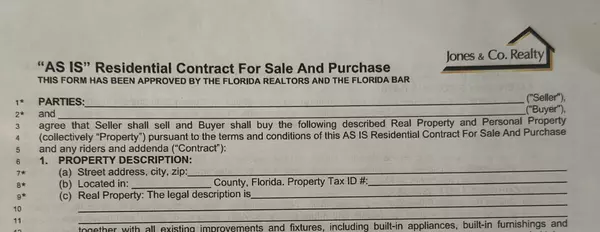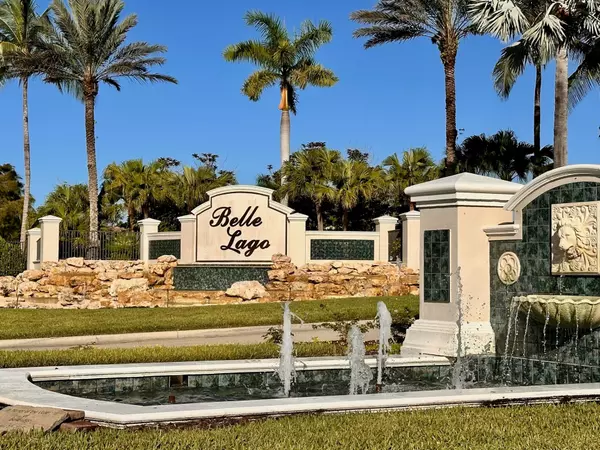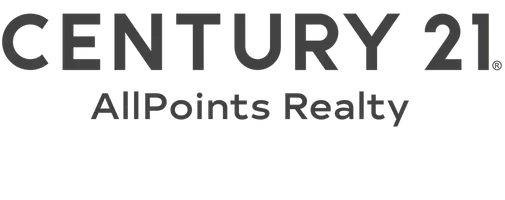The Inspections Insurance Companies May Require: Wind Mitigation and 4-Point Inspections

If you're a homeowner or planning to buy a property, you may encounter requirements from insurance companies for specific inspections. These evaluations not only help determine the safety and resilience of your home but also impact your insurance premiums and coverage. Two commonly required inspections are the Wind Mitigation Inspection and the 4-Point Inspection. Let’s explore what they involve and why they matter.
What Is a Wind Mitigation Inspection?
A Wind Mitigation Inspection assesses a home’s ability to withstand strong winds, particularly in regions prone to hurricanes and storms. This inspection focuses on key structural elements and safety features that reduce the risk of wind damage.
Key Features Assessed in a Wind Mitigation Inspection:
-
Roof Shape and Covering: Inspectors check the type and condition of the roof. Hip roofs, for instance, are considered more wind-resistant than gable roofs.
-
Roof-to-Wall Attachment: Properly installed hurricane clips or straps can significantly enhance a home’s wind resistance.
-
Roof Deck Attachment: The method and materials used to secure the roof deck to the structure are evaluated.
-
Impact-Resistant Windows and Doors: Features like storm shutters, impact glass, or reinforced doors are reviewed.
-
Secondary Water Resistance: Additional waterproofing layers that protect the home if shingles are blown off.
Why It Matters: Providing documentation of wind mitigation features can lead to substantial savings on your insurance premiums. Insurers often offer discounts for homes with features that minimize potential wind damage.
What Is a 4-Point Inspection?
A 4-Point Inspection evaluates four critical systems in a home to ensure they are in good working condition. This inspection is typically required for older homes (often 25 years or older) before an insurer will issue or renew a policy.
The Four Key Areas Evaluated:
-
Roof: The inspector checks the age, type, and condition of the roof. Visible damage, leaks, or nearing the end of its lifespan can be red flags.
-
Electrical System: The condition of the electrical panel, wiring, and connections are reviewed for potential safety hazards like outdated aluminum wiring or double-tapped breakers.
-
Plumbing System: Inspectors look at the type of pipes (e.g., PVC, copper, or galvanized), the water heater’s age, and signs of leaks or other vulnerabilities.
-
HVAC (Heating, Ventilation, and Air Conditioning): The system’s age, functionality, and maintenance history are evaluated to ensure it’s operating efficiently and safely.
Why It Matters: The 4-Point Inspection helps insurers assess the risk of insuring a property. Homes with older or poorly maintained systems may be considered higher risk, leading to higher premiums or denied coverage until necessary updates are made.
Preparing for These Inspections
-
Review Maintenance Records: Keep records of repairs, upgrades, and maintenance for easy reference.
-
Make Updates if Necessary: Address any known issues, such as replacing outdated systems or adding wind mitigation features.
-
Hire Certified Inspectors: Ensure the inspection is performed by licensed professionals recognized by insurance companies.
Both Wind Mitigation and 4-Point Inspections are valuable tools that protect your investment and provide peace of mind. Proactively scheduling these inspections and addressing any deficiencies can result in lower insurance costs and ensure your home is prepared for the unexpected.
Categories
- All Blogs 341
- 55+ Communities 9
- Boating Communities 9
- First Time Home Buyer 111
- Florida Lifestyle 67
- Foreclosures 2
- Fun Things to do in Lee County, Florida 37
- Golf Communities 23
- Home Buyer Tips 126
- Home Seller Tips 103
- Homeowner Tips 61
- Mortgage Tips 38
- Neighborhoods 63
- Schools 3
- Title & Escrow 2
- Title Insurance 4
Recent Posts










GET MORE INFORMATION

Billee Silva, PA, ABR SRS
Licensed Realtor | License ID: P3275278
Licensed Realtor License ID: P3275278
